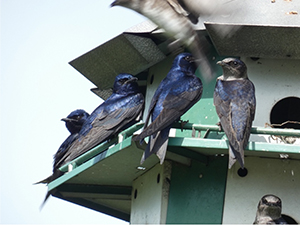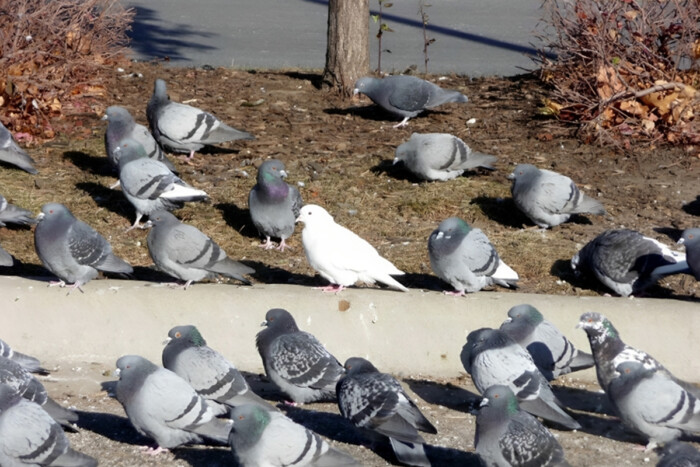Learn the Essentials: Generalist vs. Specialist Birds
Sep 19, 2023
Ecosystems are complex communities formed whenever living organisms interact with one another and their geographic environment. These communities are dynamic: weather patterns, human intervention, the organisms themselves can alter environments. In turn, organisms must evolve alongside their changing surroundings.
Some species – specialists – evolve in ways that are hyper-specific to the environment they live in. Others – generalists – are less persnickety.
Generalists and specialists exist throughout the animal kingdom. But, when it comes to birds – and determining how best to deter nuisance species – the distinction between generalists and specialists is key.
How Are Generalist & Specialist Birds Different?
Generalist birds are “go anywhere, do anything” birds. They adapt easily to a wide variety of ecosystems, regardless of the landscape, temperature or weather. They usually aren’t picky about what they eat or where they nest.
Specialist birds, on the other hand, are highly adapted to specific ecosystems. They thrive only in the surroundings they evolved to live in and are sensitive to temperature and environmental changes. They may only eat one or two types of food or nest in only one species of tree. Because specialists are bound and adapted to specific geographic regions, they are often some of the most interesting, beautiful and rare species.
While a specialist species may have evolved to consume otherwise poisonous food or live in high altitude areas, they are less tough than they may initially appear. As the earth continues to be shaped by a warming climate, urbanization, and the spread of invasive species, the delicate ecosystems specialists have adapted to are at risk of collapse. And, when ecosystems collapse, specialist species often collapse alongside them. That means generalists – who are hardier and more flexible than their specialists peers – have better acclimated to our rapidly changing planet.
Specialists or Generalists: Who Is the Bigger Nuisance?
The vast majority of nuisance bird species are generalists. In fact, most pest animals and invasive plants are generalists, as they are highly adaptable.
Pigeons, starlings, crows, house sparrows, gulls, Canada geese, blackbirds, and turkeys are all examples of generalist birds that have adapted well to urban environments. Their encroachment negatively impacts humans and specialist bird species alike. Beyond wreaking havoc on dwellings, schools, parks, hospitals, and more, invasive generalist birds have pushed out specialist species like warblers, Osprey, and many shorebirds.

Pigeons are a generalist species. They have flexible nesting and feeding requirements and can live in a variety of environments.
How to Manage Nuisance Birds
Understanding the biology of pest birds and why they are able to adapt so readily urban and suburban areas – and target homes and businesses in the process – is key to successful deterrence. For a management solution to work, we humans must stay one step ahead of generalist species, so that we can adapt before they do.
With over 25 years of experience employing biology-based strategies to control pest birds, the experts at Migratory Bird Management know how to evict even the most adaptable birds from a variety of natural and human-made ecosystems.
If you struggle to keep pesky, generalist birds off your property, contact us to learn more about our proven-effective solutions or to schedule a site evaluation.




 0
0
